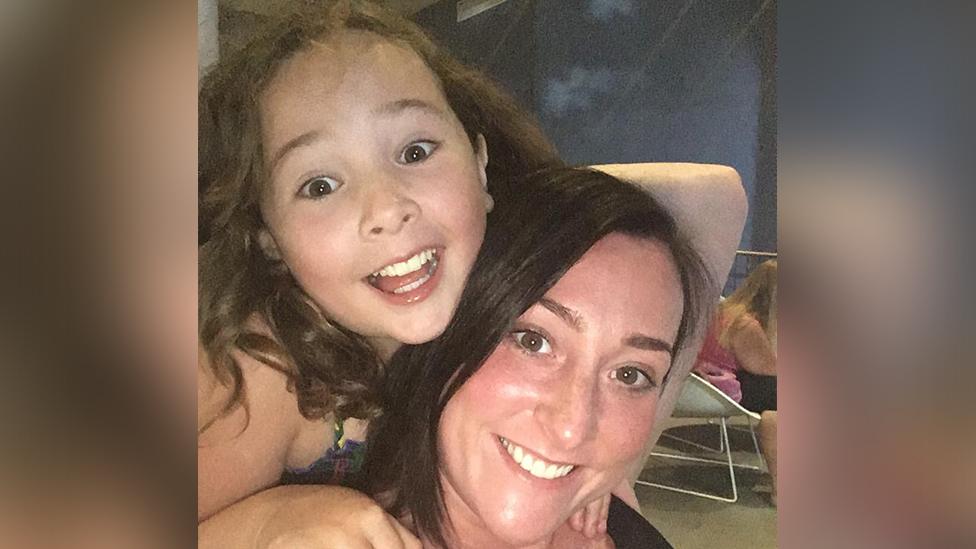Milly Main: Hospital infection spiked at time of child's death
- Published
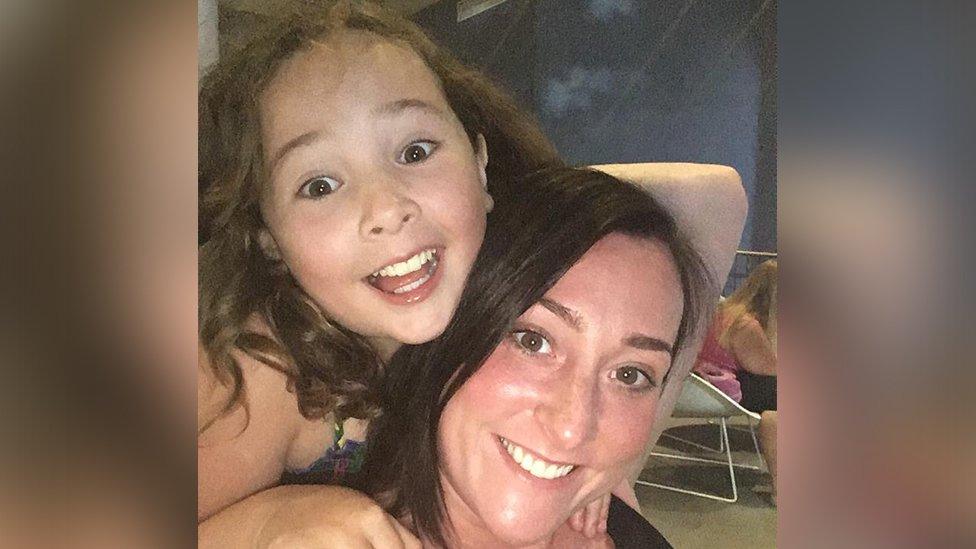
Milly and mother Kimberly Darroch
Higher than expected rates of some infections were found in cancer patients at Glasgow's children's hospital in 2017, a report has said.
Health Protection Scotland said there was an upturn in "gram-negative" bacteria over a 10-month period.
This came a year before cancer wards were closed because of a link to contaminated water.
The mother of Milly Main said she was "100%" certain contaminated water caused her daughter's fatal infection.
The 10-year-old died in August 2017 after treatment for leukaemia at the Royal Hospital for Children (RHC).
Stenotrophomonas maltophilia, a form of "gram-negative" bacterium found in water, soil and plants, was listed on her death certificate.
NHS Greater Glasgow and Clyde (NHSGGC) insisted it was impossible to determine the source of Milly's infection, and those of other children, because there was no requirement to test the water supply at the time.
The Health Protection Scotland, external report reviewed rates of blood infection data from 2015 to 2019.
It concluded there was "no single point" of exposure as a source of infections.


We heard from a whistleblower there were concerns in 2017 about bacteria in the water supply of wards 2A & 2B. This report is the first official confirmation that this was the case.
A spike in the detection of gram-negative bacteria which could originate in the environment or the gut.
The report says levels were higher than average but not enough to trigger further investigation. But there is a question about where the appropriate trigger point should be.
Health Protection Scotland says work is ongoing to develop this.
The government and the health board insisted today that the hospital is safe and they say each case will be reviewed.
Childhood cancer patients are particularly vulnerable to infections and complicated to manage.
There are 400 children currently under the care of the team in Glasgow.
Clinicians, as well as parents, will want to be sure that the environment in which the children are being treated is not putting them at any greater risk.

'Upward shift'
The Health Protection Scotland analysis said that over the four-year period blood data for the Royal Hospital for Children was "broadly consistent" with other large children's hospitals in Scotland.
However, the report pointed to periods when there had been a detectable rise in certain bacteria groupings.
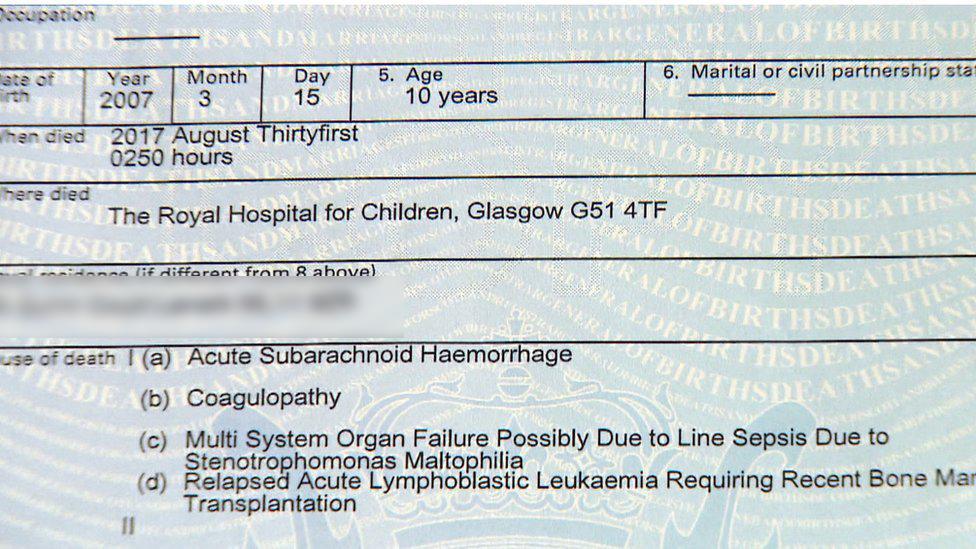
Stenotrophomonas maltophilia was listed on Milly's death certificate
It said the gram-negative group saw an "upward shift" in rates between March and December 2017, with the upper warning limit breached in August 2017, the month Milly died.
The warning limit was also breached in March 2018, May 2018 and also in September 2019.
The Royal Hospital for Children is part of the £842m Queen Elizabeth University Hospital complex which opened in June 2015.
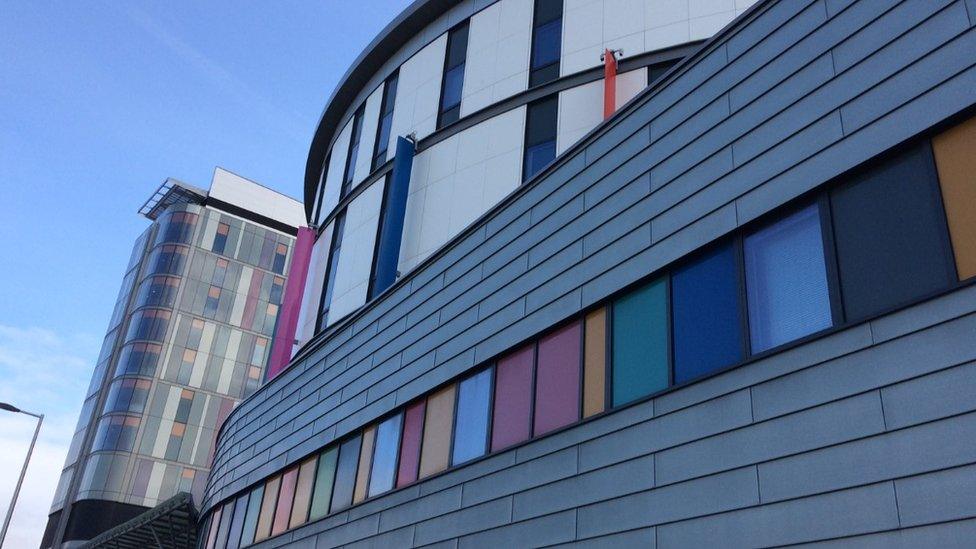
The Royal Hospital for Children is next door to the QEUH
Two cancer wards at the children's hospital were closed in October 2018 amid concern about infections and investigation of water supply issues. Patients were moved to wards 6A and 4B at the adult hospital.
Last month, Health Protection Scotland was asked to review all NHS Greater Glasgow and Clyde's child cancer blood data.
The analysis compared the overall Glasgow children's hospital blood culture data with Scotland's two other large paediatric hospitals.
It found the Glasgow complex was higher for "environmental including Enteric (ENT) group" but lower for the gram-positive group. There was no difference in the gram-negative group or environmental group.
Independent review
However, the report did identify periods when the rates for infection increased.
The Health Protection Scotland report concluded that the data did "not provide evidence of a single point of exposure causing bloodstream infections".
It said the current restrictions on some wards should be reconsidered but risks should be continually monitored.
The Scottish government's national clinical director, Prof Jason Leitch, said the months where rates of infection exceeded the trigger point would require further investigation.
"These data confirm there was a spike in infections in 2018 - this led to the interventions over water contamination and the closure of wards 2A and 2B," he said.
Prof Leitch said the data also confirmed higher levels of infections in 2017 and this was part of the reason why the Scottish government announced last week that the board was being put in "special measures".
This means an oversight board will be put in place, chaired by chief nursing officer Prof Fiona McQueen, to strengthen the measures already in place around infection prevention, management and control.
Prof Leitch said the present infection rate at the children's hospital was "normal and the cancer ward is safe".
An independent review is examining water contamination and other problems at the QEUH campus and will be published in the spring.
A separate public inquiry, which will examine safety and wellbeing issues at the QEUH and the new children's hospital in Edinburgh, is also expected to look at water contamination.
- Published24 November 2019
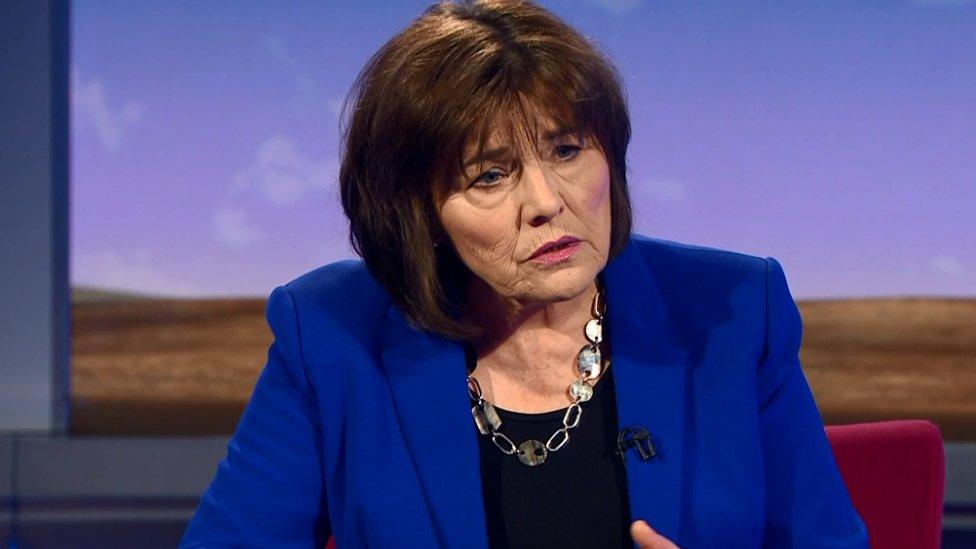
- Published22 November 2019
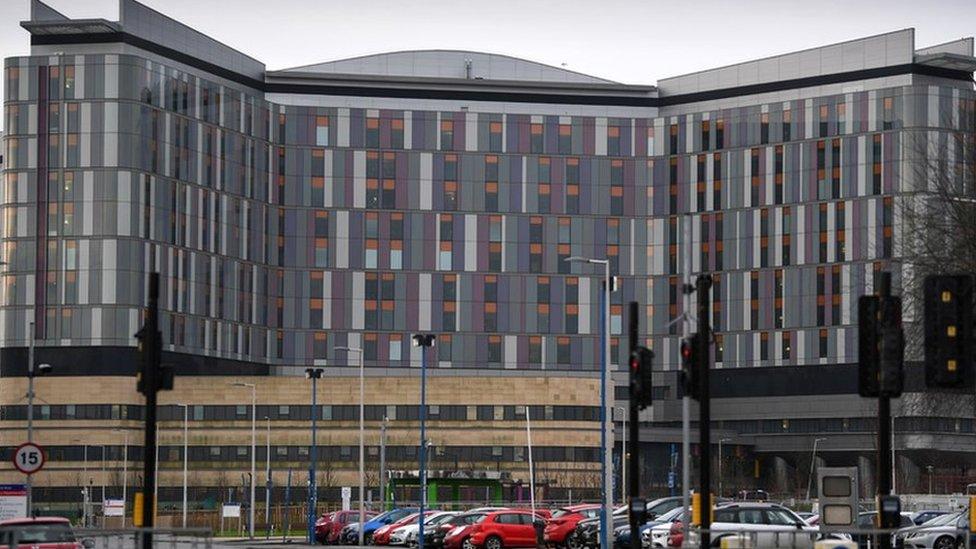
- Published22 November 2019
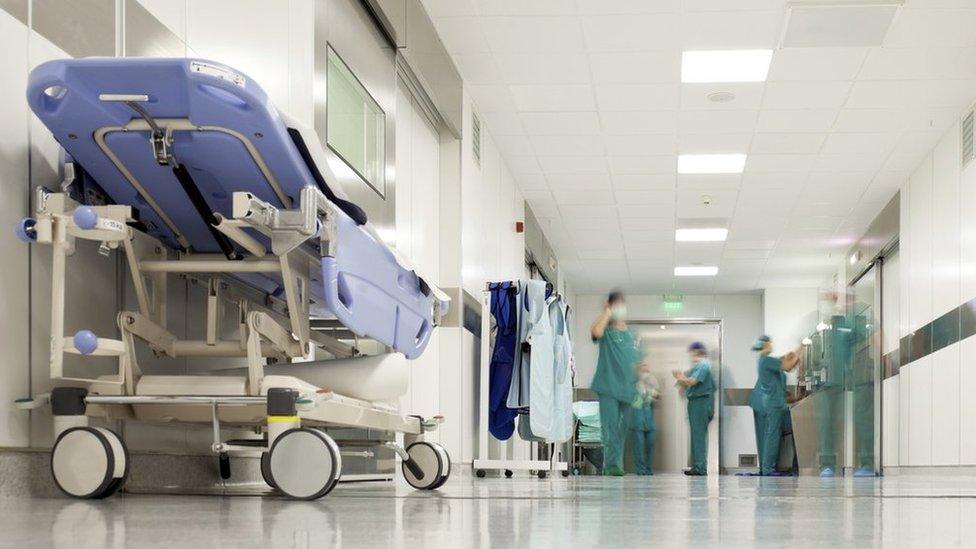
- Published15 November 2019
